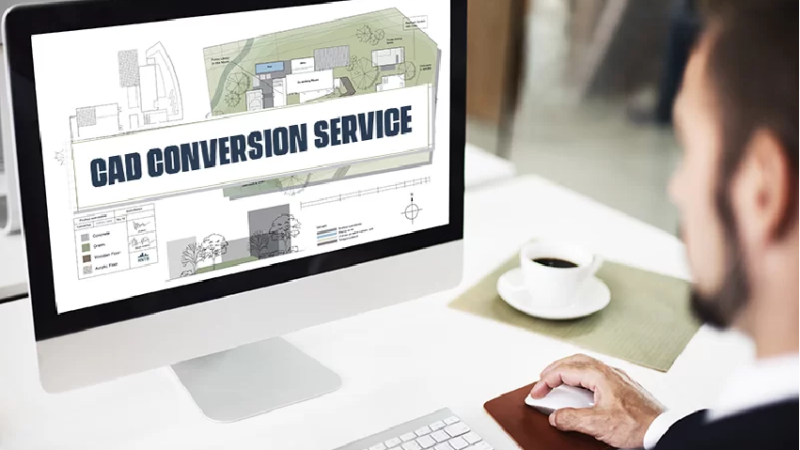Using Time sheets for Billing: Tips and Tricks

Time sheets are valuable tools for accurately tracking the time spent on various tasks and projects in a professional setting. Besides aiding in project management and employee productivity, time sheets are also crucial for billing clients accurately and transparently. Whether you’re a freelancer or running a business, here are some tips and tricks to effectively use time sheets for billing:
Using Time sheets for Billing: Tips and Tricks
1. Choose the Right Time sheet Format
Select a time sheet format that suits your needs and the nature of your work. Time sheets can be physical documents, digital spreadsheets, or specialized time tracking software that consistently record their hours. Opt for a format that is user-friendly, allows easy data entry, and provides relevant information for billing purposes.
2. Capture All Billable Hours
Encourage employees and freelancers to diligently record all billable hours, including project work, client meetings, phone calls, and administrative tasks. Even small tasks add up and should be accounted for in the billing process.
3. Use Specific Task Descriptions
Ensure that each time entry includes a clear and concise description of the task performed. Specific task descriptions not only help clients understand the work completed but also support transparent billing and eliminate ambiguity.
4. Track Time in Real-Time
Encourage real-time time tracking whenever possible. Using mobile apps or browser-based time sheets, employees can log their hours as they work, minimizing the chances of forgetting or inaccurately recalling time spent on tasks. Not only that you will find more than 10 reasons to implement time tracking software.
5. Set Billable Hourly Rates
Assign appropriate hourly rates to each task or project based on the complexity, expertise required, and other factors. By having predefined rates, you can easily calculate the total billable amount for a project or client.
6. Include Overtime and Additional Charges
If applicable, incorporate overtime hours or additional charges into the time sheets. Clearly specify the rates and conditions for overtime work, ensuring transparency in billing.
7. Review and Approve Time sheets Regularly
As a manager or business owner, review and approve time sheets regularly. This practice helps catch any errors, discrepancies, or missed entries before invoicing clients.
8. Set Clear Billing Periods
Establish a consistent billing cycle, whether it’s weekly, bi-weekly, or monthly. Communicate the billing periods to clients, so they know when to expect invoices.
9. Integrate Time sheets with Invoicing Systems:
Consider integrating your time sheets with invoicing software. This automation streamlines the billing process, reduces manual work, and minimizes the risk of errors.
10. Send Detailed Invoices
When sending invoices to clients, provide a breakdown of the hours worked on each task, the hourly rates, and the total amount due. Transparency in billing builds trust and reduces the likelihood of disputes.
11. Set Clear Payment Terms
Clearly define payment terms in your contracts or agreements. Specify the due date and acceptable payment methods to ensure smooth transactions.
12. Encourage Communication with Clients
Encourage open communication with clients regarding billing matters. Address any concerns promptly and clarify billing details to maintain a positive client relationship.
Conclusion
Using time sheets for billing is an efficient and transparent way to ensure accurate payment for services rendered. By following these tips and tricks, businesses and freelancers can optimize their time tracking and billing processes, resulting in more accurate invoicing, improved client satisfaction, and streamlined financial management. Time sheets not only benefit the business by enhancing billing accuracy but also contribute to maintaining trust and professionalism with clients.






